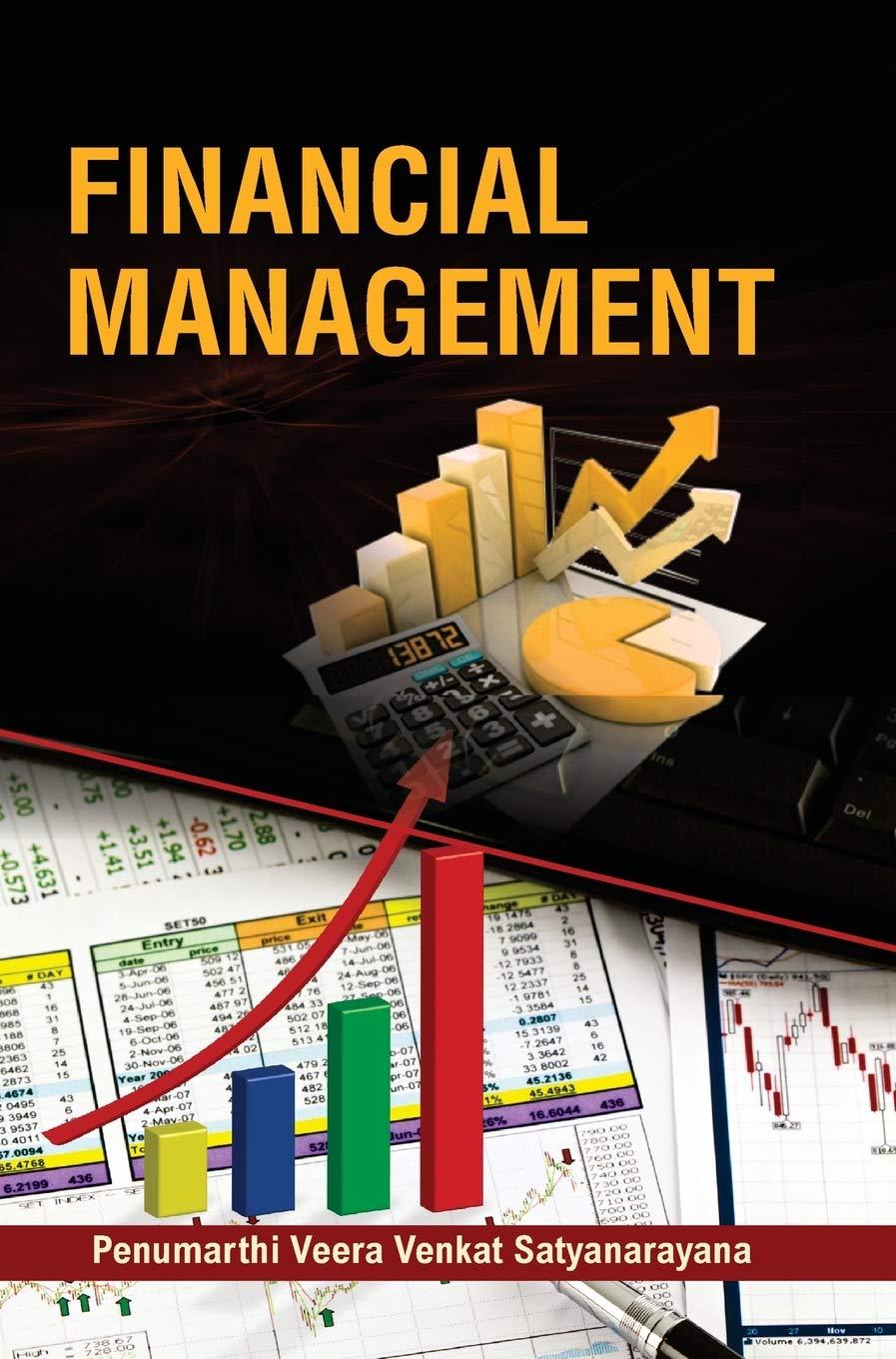Question
1. A company stocks a component that costs $25 per unit. Annual usage of this item is expected to be 2080 units. The firm is
1. A company stocks a component that costs $25 per unit. Annual usage of this item is expected to be 2080 units. The firm is open for business 52 weeks per year, so weekly demand is 40 units per week, with a standard deviation of 12 units. The firm's cost accountants have estimated that it costs $40 every time an order is placed for more components, and that carrying the item in inventory costs about $3 per unit per year. Past experience with their supplier indicates that the time from ordering more items to receipt of the shipment of those items is 14 days (assume that they are open 7 days per week.)
a. What quantity should be ordered each time? (Assume that the EOQ assumptions apply.)
b. What is the minimum total annual cost (ordering + holding + purchase) for managing this inventory item?
c. If the company decided that their JIT program required frequent small orders and deliveries (assume that this would mean ordering a quantity of 40 units every week, instead of the EOQ quantity on a less frequent basis), and the costs remain the same as described above, how much higher would the total annual cost be for this item?
d. If a 90% service level is required, what reorder point should be used?.
2. A company stocks a component that costs $25 per unit. Annual usage of this item is expected to be 2080 units. The firm is open for business 52 weeks per year, so weekly demand is 40 units per week, with a standard deviation of 12 units. The firm's cost accountants have estimated that it costs $40 every time an order is placed for more components, and that carrying the item in inventory costs about $3 per unit per year. Past experience with their supplier indicates that the time from ordering more items to receipt of the shipment of those items is 14 days (assume that they are open 7 days per week.)
| Job number | Predecessor Job(s) | a | m | b | expected time (ET) | variance |
|---|---|---|---|---|---|---|
| A | --- | 3 | 5 | 7 | ||
| B | A | 3 | 4 | 5 | ||
| C | A | 2 | 3 | 4 | ||
| D | B, C | 3 | 4 | 11 | ||
| E | C | 1 | 3 | 5 | ||
| F | D, E | 6 | 8 | 10 |
a. What quantity should be ordered each time? (Assume that the EOQ assumptions apply.)
b. What is the minimum total annual cost (ordering + holding + purchase) for managing this inventory item?
c. If the company decided that their JIT program required frequent small orders and deliveries (assume that this would mean ordering a quantity of 40 units every week, instead of the EOQ quantity on a less frequent basis), and the costs remain the same as described above, how much higher would the total annual cost be for this item?
d. If a 90% service level is required, what reorder point should be used?
3. An automobile detailing shop has the following jobs waiting to be processed. All jobs (cars requiring detailing) must first be cleaned, then waxed.
| Job | B1 | B2 | B3 | B4 | B5 |
|---|---|---|---|---|---|
| Cleaning Time | 4 | 7 | 3 | 9 | 5 |
| Waxing Time | 7 | 5 | 2 | 10 | 8 |
a. What processing sequence will minimize the makespan for these jobs?
b. What is the minimum makespan for this set of five jobs?
4. The elements required for successful implementation of the JIT/lean philosophy include reducing lead times, performing preventive maintenance, and achieving high quality (zero defects.) Discuss the problems that might arise when a kanban system (pull system) is used for production control and each of these JIT elements is not present. (In other words, what would happen if a kanban system is being used and there are long lead times, no preventive maintenance, and poor quality?)
Step by Step Solution
There are 3 Steps involved in it
Step: 1

Get Instant Access to Expert-Tailored Solutions
See step-by-step solutions with expert insights and AI powered tools for academic success
Step: 2

Step: 3

Ace Your Homework with AI
Get the answers you need in no time with our AI-driven, step-by-step assistance
Get Started


